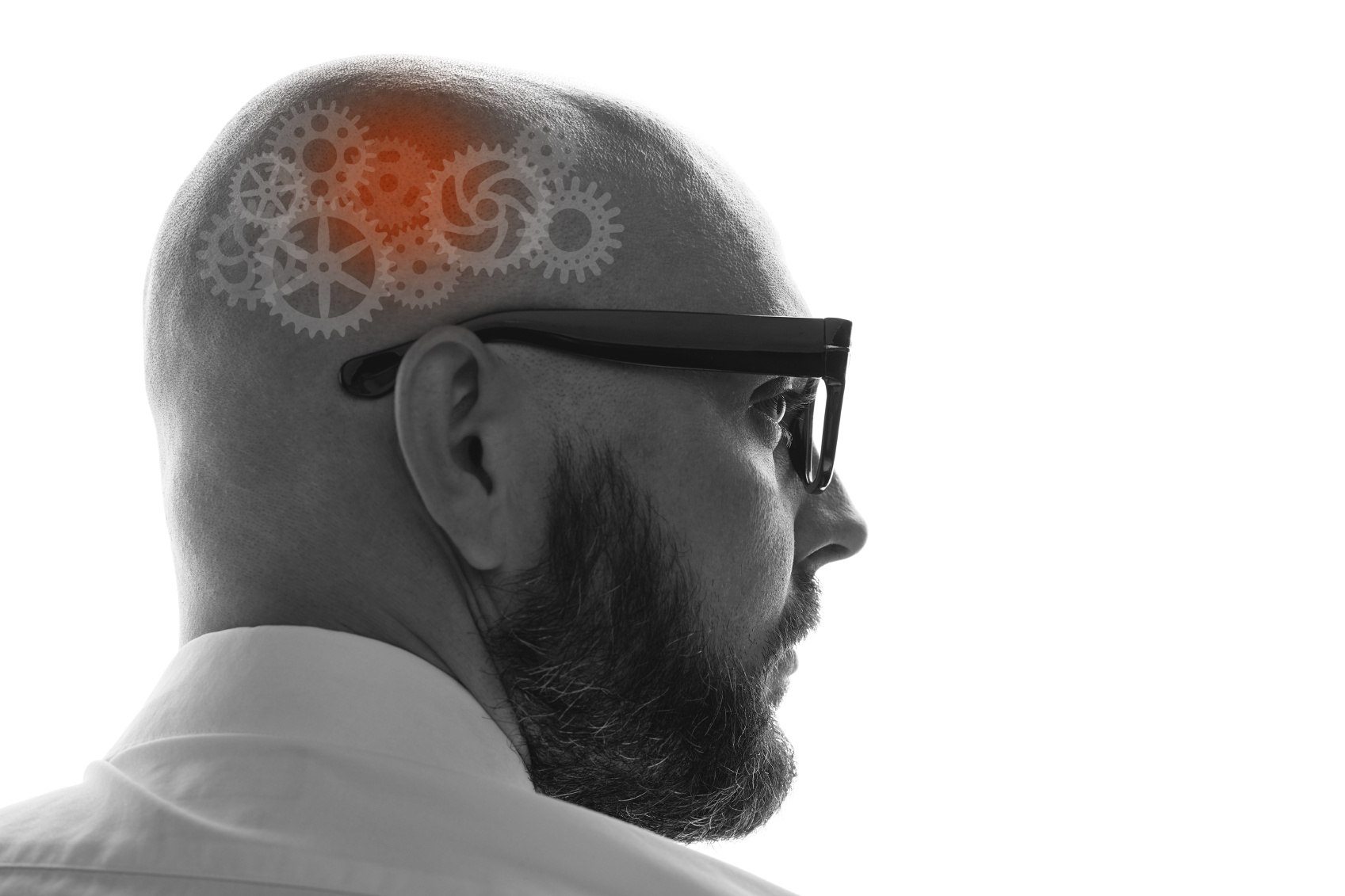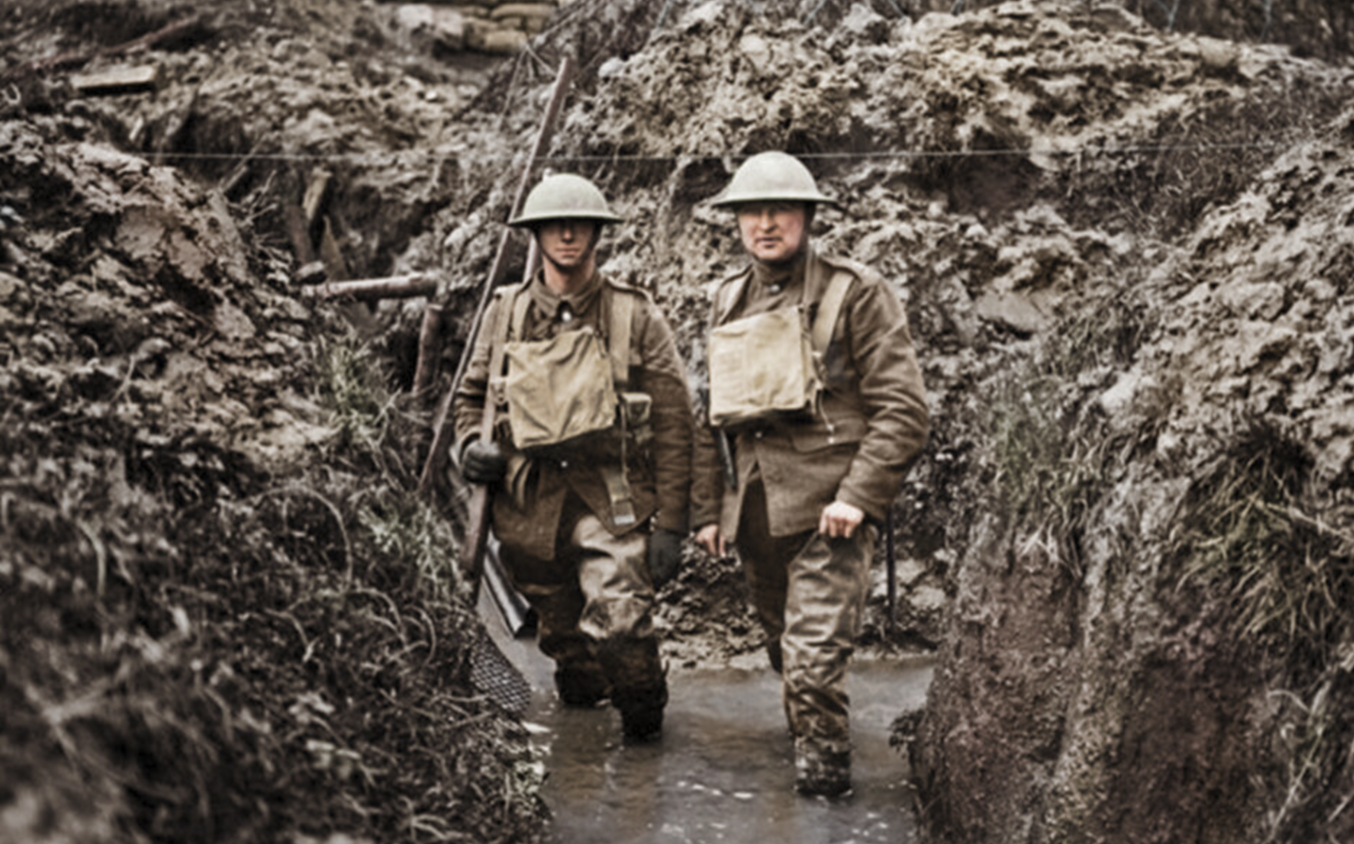Post-traumatic growth: Finding strength and purpose after trauma

- Despite many billions of dollars invested in the study and treatment of PTSD and trauma-related conditions over the past 80 years, it still has no cure.
- How can we better treat or help people manage PTSD? Answers may lie in a subset of people who gain clarity, purpose, and strength after experiencing trauma.
- In their new book Tomorrowmind, Gabriella Rosen Kellerman and Martin E. P. Seligman explore whether conventional approaches to treating trauma disorders might be missing the mark.
“The science of psychology has been far more successful on the negative than on the positive side; it has revealed to us much about man’s shortcomings, his illnesses, his sins, but little about his potentialities, his virtues, his achievable aspirations, or his full psychological height. It is as if psychology had voluntarily restricted itself to only half its rightful jurisdiction, and that the darker, meaner half.”
—Abraham Maslow, 1954
It was 2007, and the United States Department of Defense (DoD) had a four-letter problem. Post-traumatic stress disorder (PTSD) dooms as many as 15% of combat soldiers to a life of terrible anxiety, flashbacks, nightmares, and depression. Outside of the army, about 6% of the general population struggles with PTSD, triggered by accidents, abuse, assault, sudden loss, or acute and serious health issues. Many with PTSD suffer so severely that they cannot work, they cannot sleep, they cannot maintain long-term relationships.
In the beginning of this century, the DoD experienced a steep rise in PTSD rates, largely among veterans of the wars in Iraq and Afghanistan. In addition to the immense human toll, the disorder creates a financial burden that falls to the government in the form of lifelong medical and financial support for those afflicted. It also hampers America’s preparedness: At any time, the pool of ready, activeduty veterans is about 15% smaller than it could be.
And so the Joint Chiefs of Staff appointed Colonel Jill Chambers special assistant to study and improve the problem. Chambers already had an illustrious track record of service, spanning assignments in Korea during Desert Storm and at the Pentagon in 2001. On September 11, Chambers was working four corridors down from where the plane hit.As military secretary it was her job to account for the whereabouts of three hundred people in the building that day. In the years that followed, Chambers slept poorly, suffering from nightmares. She had assumed it was normal in her line of work to sleep just two hours per night. Only in the process of building the military’s PTSD program did she recognize that she, too, was afflicted with the disorder.
By 2008, Chambers had assembled a strong team and made the trek from DC up to Marty’s home outside Philadelphia. Marty had by then established the study of learned helplessness, a broader phenomenon connected to trauma. How, Chambers asked Marty, could we better treat people struggling with PTSD?
For most of the last two centuries, psychologists and psychiatrists have been concerned primarily with helping people who are already ill—remediating existing disorders. Too often, however, treatment after the fact doesn’t work very well. Despite many billions of dollars invested in the study and treatment of PTSD and related conditions over the last seventy to eighty years, it still has no cure. Once someone has developed the disorder, we use medication and therapy to provide partial relief from symptoms, but we cannot take away the condition.
For most, symptomatic relief does not enable a return to normal life. But there’s another way to think about this problem, Marty advised Chambers and her team. Yes, it’s true that 15% of soldiers return with PTSD. This means that 85%—the vast majority—do not develop the disorder. How? Why? What can we learn from the 85%?
What’s more, amazingly, many of those 85% showed post-traumatic growth. Following a traumatic event, those with post-traumatic growth show measurably greater clarity on their priorities, a deeper sense of meaning and purpose, and an increased capacity to cope with setbacks.
Marty encouraged Chambers and the DoD to turn the very question on its head. Let’s not wait until it’s too late to fight off an incurable condition, he argued. Instead, let’s give people the tools to withstand difficulty before it attaches to them.
This is an entirely different approach to mental health, one that comes from a relatively young branch of psychology, pioneered by Marty and others, called positive psychology. Along with neighboring disciplines like social psychology and behavioral economics, positive psychology upends the traditional medical model: Instead of putting all our resources into remediating illness, these disciplines focus on
preventing illness from taking root in the first place. In the field of public health, intervening to prevent someone from developing a medical condition is called primary prevention. Let’s prevent PTSD primarily before it develops, Marty advised. Let’s shift the population curve toward post-traumatic growth.
Put another way: Imagine a scale of overall psychological wellbeing, on which zero is neutral, negative numbers indicate degrees of psychological illness, and positive numbers show just how much someone is thriving. For argument’s sake, let’s consider anyone from a negative two to a positive two “within normal limits”; anyone below negative two would be psychologically unwell; anyone above a positive two would be thriving. If traditional psychiatry and clinical psychology move people from a negative ten to a negative five, the positive behavioral sciences raise us from a negative two to a positive three and beyond. In so doing, they help people avoid falling to negative ten in the first place.
These fields allow us to train the sights of our vast, modern, scientific arsenal directly on the question of how to live better, not just less bad. They also open up an array of new possibilities for meeting the challenges that lie ahead in our whitewater world of work.





